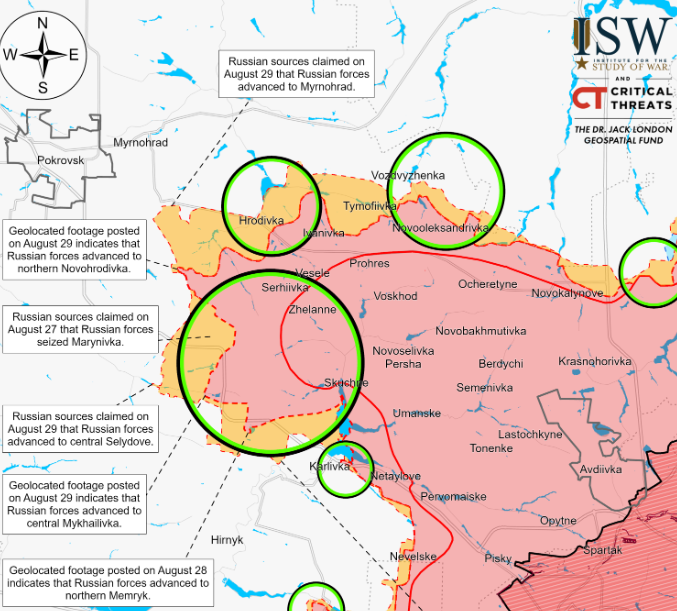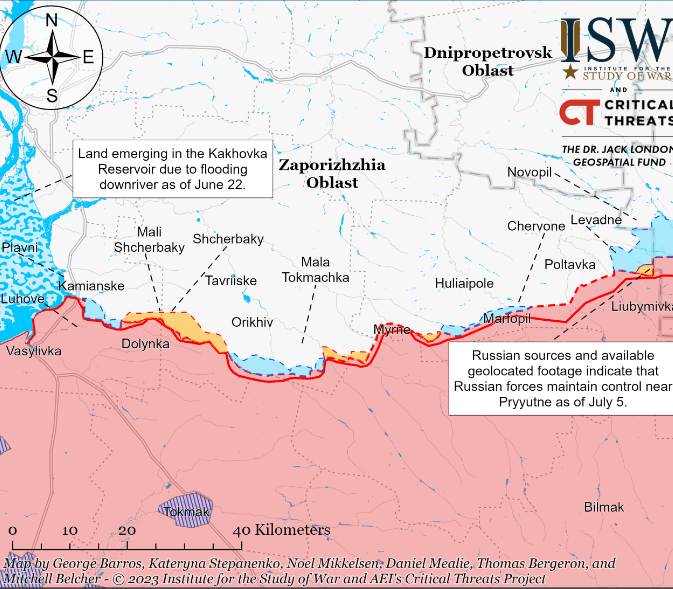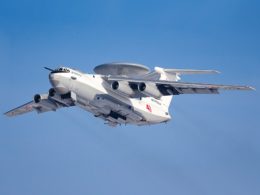The Institute for the Study of War (ISW) reported on 29 August that Russian forces are pursuing a two-pronged tactical effort as part of their ongoing offensive to seize Pokrovsk.
The operation involves simultaneous pushes along the Novohrodivka-Hrodivka line east of Pokrovsk and the Selydove-Ukrainsk-Hirnyk line to the southeast.
According to the ISW, the Russian military command likely views these efforts as "desired prerequisites for launching an intensified offensive effort against Pokrovsk itself." The institute suggests that the southeastern advance aims to widen Russia's salient in the Pokrovsk direction and reduce vulnerabilities to Ukrainian counterattacks.
" The most intense battles in the Pokrovsk direction are ongoing on the eastern outskirts of Hrodivka, southwest of Hrodivka near Krasnyi Yar, within Novohrodivka, and immediately east of Selydove near Mykhailivka," Ukrainian Commander-in-Chief General Oleksandr Syrskyi said about the current battlefield situation on 29 August.
While the ISW confirms recent Russian gains in these areas, it notes that Russian military bloggers have claimed more significant advances than what can be visually confirmed. These claims include Russian forces reaching the southeastern outskirts of Myrnohrad and engaging in small arms battles within the town. However, a Ukrainian military observer characterized the Russian presence in Myrnohrad as "sabotage and reconnaissance groups," the ISW reports.
Russian sources also claim advances in eastern Selydove, with forces allegedly reaching the town center. Additional reports suggest Russian troops are fighting on the northeastern outskirts of Ukrainsk, have seized Memryk, and entered Halitsynivka.
The ISW emphasizes caution when interpreting these claims, as they often exceed what can be independently verified through visual evidence.
Read also:
- Russia injures 9 in attack on Sumy
- Some long-ago promised Patriot systems not yet delivered to Ukraine, Foreign Minister says
- The Hill: Putin’s public image shifts as Ukraine pushes into Russia’s Kursk



